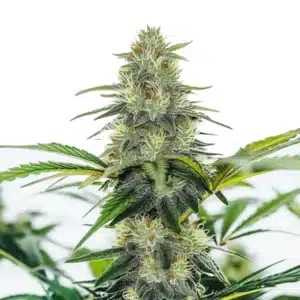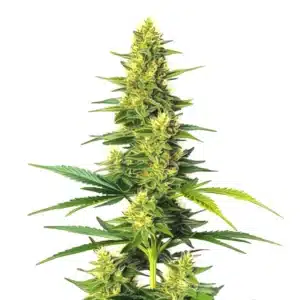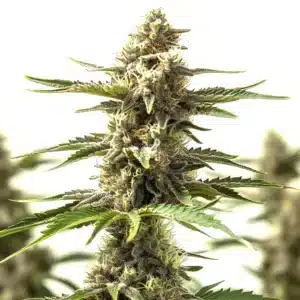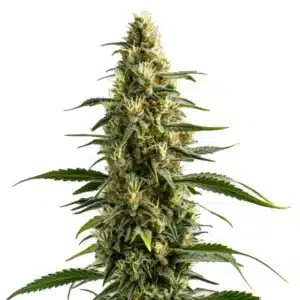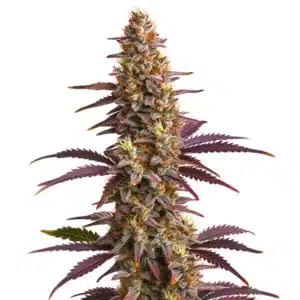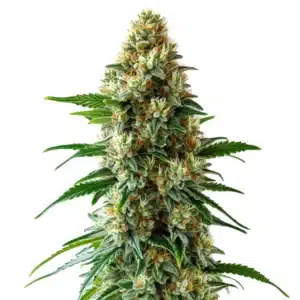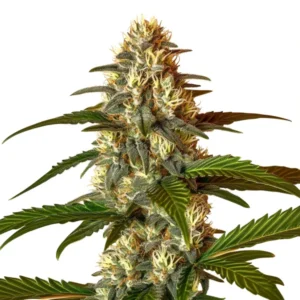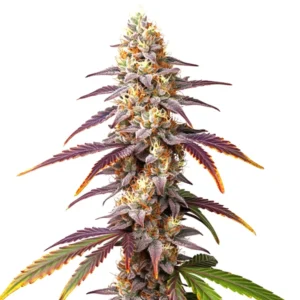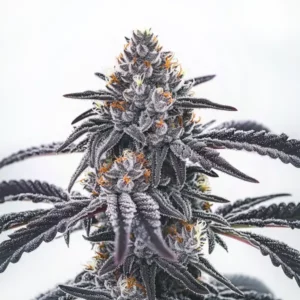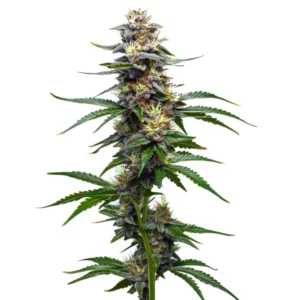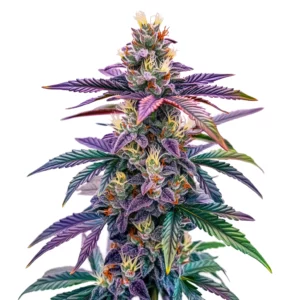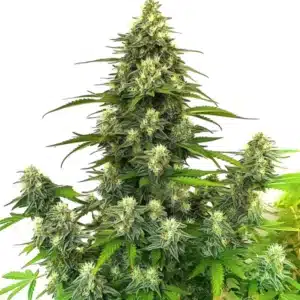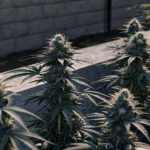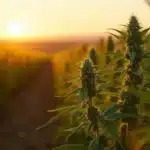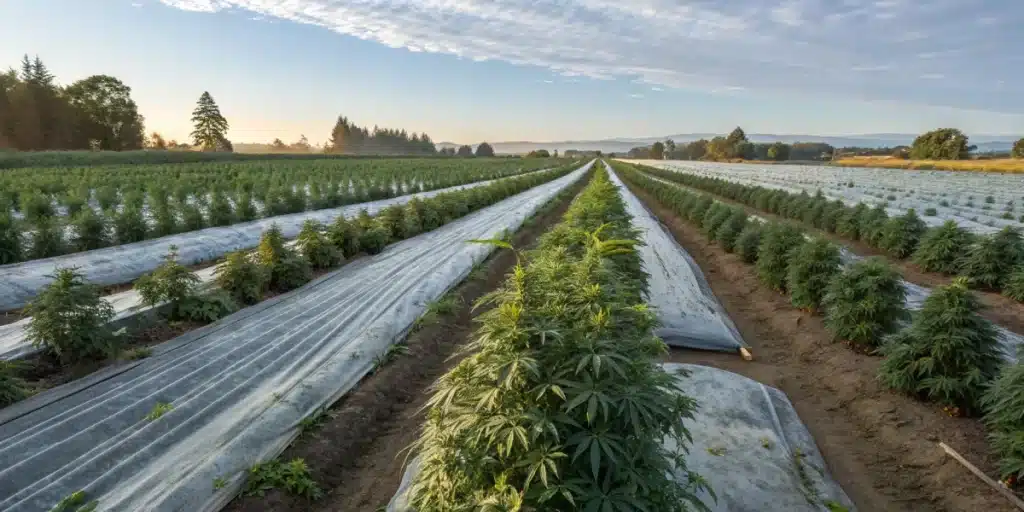
Growing Cannabis Outdoors in Zone 6: Tips for Cooler Climates
When it comes to growing cannabis outdoors zone 6, cultivating a thriving garden in cooler climates can be both challenging and rewarding. Gardeners in these regions embrace unique strategies to overcome shorter growing seasons and unpredictable weather, while still reaping impressive yields and enjoying the benefits of natural cultivation. Balancing technique with a sense of fun, seasoned growers have honed methods that merge science with creativity.
Outdoor cannabis cultivation in these regions requires careful planning, a deep knowledge of local climate nuances, and a flexible approach to seasonal changes. Every decision from selecting the right strain to planning harvest times plays a part in the overall success of growing cannabis outdoors zone 6.
Recommended Strains
AK x White Widow Auto
|
|
THC | 18% - 24% (Medium) |
|
|
Type | Autoflowering |
|
|
Yield | Low |
|
|
Phenotype | 60% Indica / 40% Sativa |
Auto White Widow CBD
|
|
CBD | 10% – 12% (Medium) |
|
|
Type | CBD Autoflowering |
|
|
Yield | Low |
|
|
Phenotype | 40% Indica / 60% Sativa |
Growing Cannabis Outdoors Zone 6: Climate Challenges
Temperature Fluctuations and Their Impact
Zone 6 presents a landscape of diverse weather patterns where temperatures can swing dramatically from one day to the next. Gardeners must adjust their cultivation practices to accommodate early spring chills, warm midsummer days, and the unpredictable drop in temperature during the fall. Adapting to these temperature fluctuations is essential for nurturing healthy plants that can withstand stress and produce robust buds.
Many growers have learned that careful site selection and microclimate management can make a significant difference. Positioning plants in areas that receive maximum sunlight during the brief growing season and providing temporary shelters during cold snaps are common practices among those dedicated to growing cannabis outdoors in zone 6. For these challenging conditions, many cultivators prefer autoflower seeds for growing in cold climates, as they are resilient, have shorter life cycles, and can complete their growth before the first frost. Employing windbreaks and using reflective surfaces can also help moderate temperature extremes.
Seasonal Variability in Growing Cannabis Outdoors Zone 6
The seasonal variability in zone 6 demands a dynamic cultivation schedule. Planting windows are often narrow, and the timing of flowering stages must be aligned perfectly with the available warm days. Gardeners often rely on historical weather data and local experience to pinpoint the optimal periods for sowing seeds and transplanting seedlings.
Understanding the rhythm of nature in these cooler regions is a critical aspect of growing cannabis outdoors zone 6. By planning activities around seasonal changes and preparing for unexpected weather events, cultivators can ensure that their crops have the best possible chance to mature fully and produce quality yields.
Promos & Deals
Selecting Suitable Strains (Fast-Flowering, Hardy)
Traits of Hardy Varieties for Cooler Climates
When it comes to growing cannabis outdoors zone 6, choosing strains that naturally thrive in cooler conditions is a smart strategy. Hardy varieties are specifically bred to tolerate lower temperatures, shorter daylight hours, and variable weather. These strains typically exhibit resilience, a compact structure, and a quick flowering cycle that suits the short summer months.
A focus on genetics that combine robust growth with stress tolerance is essential. Many experienced cultivators favor strains that have been tested in similar environments, ensuring that the plants not only survive but also flourish even when the weather becomes less predictable.
Recommended Fast-Flowering Options
Fast-flowering strains are a must for anyone serious about growing cannabis outdoors zone 6. With a compressed window for optimal growth, selecting plants that transition quickly from vegetative to flowering stages is a priority. Modern breeding techniques have produced varieties that not only flower quickly but also retain high potency and flavor profiles.
For example, some growers have reported excellent success using varieties like Gorilla Glue 4 Seeds when conditions are less than ideal. Other cultivators have observed that integrating resilient genetics into their gardens leads to better yields and more consistent results despite a challenging environment.
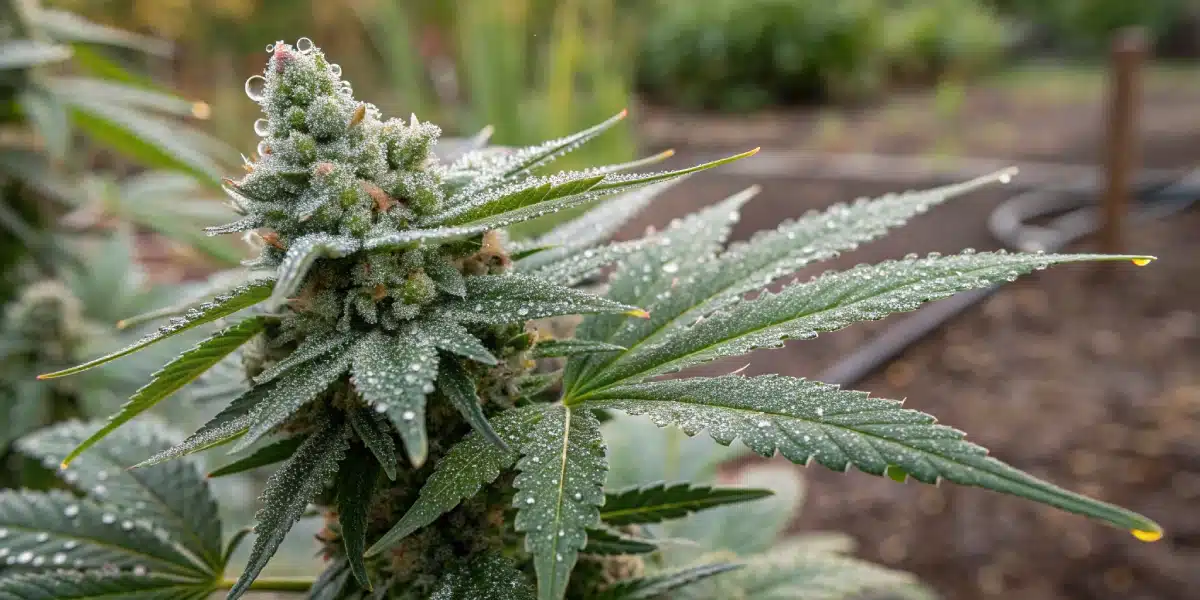
Growing Cannabis Outdoors Zone 6: Planting and Harvest Timing
Optimal Planting Period
Deciding on the best time to plant is a critical aspect of growing cannabis outdoors zone 6. With the growing season starting later and ending earlier than in warmer regions, every day counts. Gardeners often begin by germinating seeds indoors or in a controlled environment, then transplanting them into outdoor gardens once the risk of frost has significantly diminished.
It is important to plan ahead and monitor local weather forecasts closely. Planting too early can expose seedlings to damaging cold, while planting too late may not allow enough time for the plants to reach their full potential. By aligning planting dates with the gradual warming of the season, cultivators maximize the benefits of available sunlight and warmth.
Timing Your Harvest for Peak Potency
Harvest timing is a delicate balancing act that can determine the potency and flavor of the final product. Growing cannabis outdoors zone 6 means that weather conditions may force a tighter schedule compared to more temperate zones. Gardeners need to pay close attention to trichome development and overall plant health to decide the ideal moment for harvest.
A slight delay in harvesting can sometimes be beneficial for further resin development, but too much delay might expose the plants to the risk of frost or heavy rain. Many cultivators use a combination of visual inspection and experience to decide when their crop has reached its peak potency, ensuring that every bud is harvested at just the right moment.
Growing Cannabis Outdoors Zone 6: Weather Protection Strategies
Frost Mitigation Techniques
Frost poses one of the biggest challenges for outdoor cannabis cultivation in cooler climates. When temperatures drop unexpectedly, even the hardiest of plants can suffer damage. Gardeners often employ several techniques to minimize frost damage, including the use of frost cloths, temporary greenhouses, and cloches that trap heat.
Positioning plants near structures or trees that radiate warmth during the night can also help. These methods are particularly effective for growing cannabis outdoors zone 6, as they create a microenvironment that reduces the severity of frost exposure. Being proactive and prepared can save an entire crop from premature damage.
Managing Excessive Rain and Humidity
Excessive rain and high humidity can be as challenging as frost for outdoor cannabis growers in zone 6. Overwatering, waterlogged soil, and increased risk of mold are all concerns that require specific countermeasures. Ensuring that your garden has excellent drainage and using raised beds or well-draining containers are effective strategies.
Installing rain shelters or retractable covers over sensitive areas can also help mitigate the impact of sudden downpours. By carefully monitoring moisture levels and adjusting watering routines, cultivators can protect their plants and maintain an optimal growing environment even during periods of heavy rain.
Growing Cannabis Outdoors Zone 6: Tips from Successful Zone 6 Grows
Learning from Local Growers
One of the greatest assets for anyone venturing into growing cannabis outdoors zone 6 is the local community of growers. These experienced cultivators offer insights that are honed by years of trial and error in the same challenging environment. Engaging with local gardening groups or online forums can provide invaluable tips, from selecting the right strains to timing interventions.
Local experts often stress the importance of observing nature closely and adapting strategies based on real-time weather patterns. Their advice can range from the simple use of natural windbreaks to more complex systems involving automated irrigation and temperature regulation. Their shared experiences create a collaborative network that strengthens every grower’s ability to succeed.
Innovative Approaches to Cultivation
Innovation is key when adapting to the demands of growing cannabis outdoors zone 6. Many growers are integrating modern technology with traditional methods to overcome the obstacles posed by cooler climates. Techniques such as soil solarization, organic mulching, and using biodegradable frost barriers have become popular among forward-thinking cultivators.
A few pioneers have even experimented with hybrid techniques that combine indoor and outdoor growing practices. These innovators sometimes use supplemental lighting during early mornings or late evenings to extend the effective growing period. Other creative solutions include the use of reflective materials to maximize light capture. Incorporating varieties like Blue Dream Seeds has also proven beneficial, as their genetics tend to adapt well under these innovative cultivation practices.
Growing Cannabis Outdoors Zone 6: Additional Strategies for Success
Soil Preparation and Nutrient Management
Quality soil is the foundation of any successful cannabis garden, and in cooler climates, proper preparation becomes even more essential. Gardeners should test their soil to determine its pH, nutrient content, and structure, then amend it with organic matter and balanced fertilizers. This preparation sets the stage for vigorous root development and healthy plant growth.
Implementing crop rotation, cover cropping, and the use of compost can also help maintain soil fertility. Many outdoor growers have found that integrating locally sourced organic compost into their soil mix not only improves structure but also enhances the natural resilience of the plants. These practices support a sustainable garden that thrives despite the challenges of growing cannabis outdoors zone 6.
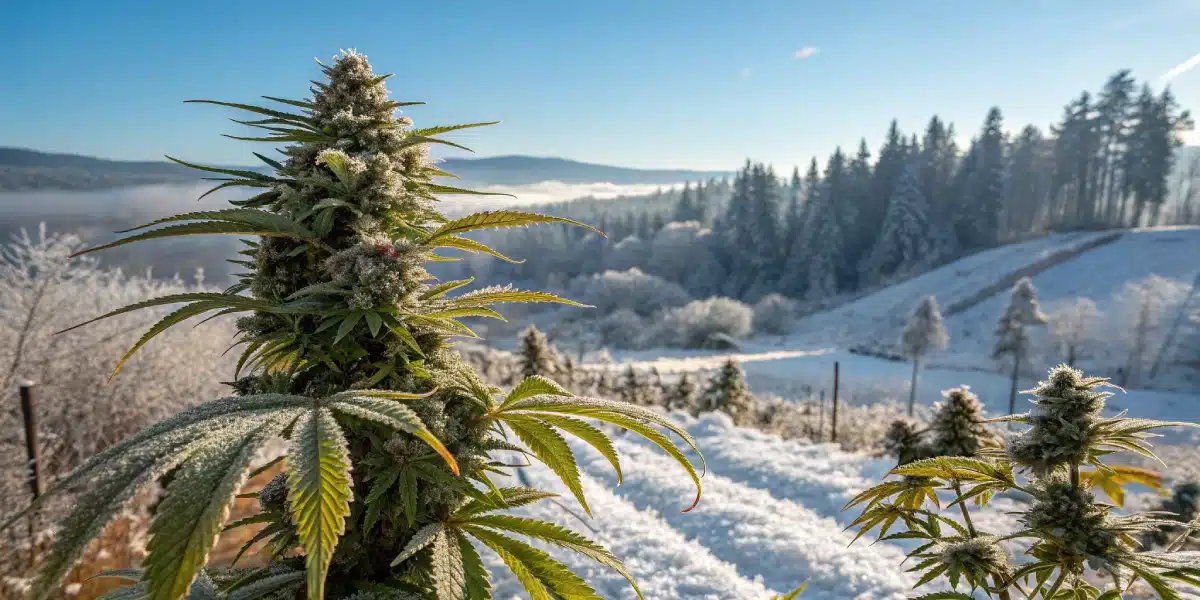
Watering and Drainage Solutions
Proper watering is another critical factor for success in zone 6. Overwatering or poor drainage can lead to root rot and other complications that jeopardize plant health. Setting up an efficient irrigation system that allows for controlled water delivery is essential. Drip irrigation and soaker hoses are popular among cultivators because they minimize water waste and reduce the risk of fungal infections.
Additionally, ensuring that raised beds or containers are well-drained prevents excess moisture from stagnating around the roots. Gardeners often combine these techniques with regular monitoring of soil moisture levels, adjusting watering frequency based on rainfall and temperature. Integrating solutions like these reinforces the overall robustness of growing cannabis outdoors zone 6.
A select group of cultivators has noted that pairing these methods with resilient strains, such as White Widow Autoflower, can further enhance plant performance. These strains have a proven track record in adapting to diverse soil and moisture conditions, making them a reliable choice for enthusiasts aiming for high-quality yields.
FAQs
What strategies help manage temperature swings when growing cannabis outdoors zone 6?
Gardeners recommend using protective covers like frost cloths and cloches, positioning plants in sheltered microclimates, and employing windbreaks. Monitoring local forecasts and adjusting planting schedules also assists in mitigating temperature extremes.
Which characteristics should I look for in strains for growing cannabis outdoors zone 6?
Look for hardy, fast-flowering strains that can thrive in shorter growing seasons. Resilient genetics and proven performance in cooler climates are key indicators of a suitable variety.
How can I protect my cannabis garden from heavy rain and frost in zone 6?
Use a combination of movable covers, frost cloths, and proper drainage systems to safeguard plants from excessive moisture and frost. Positioning the garden in naturally sheltered areas further reduces risks.


